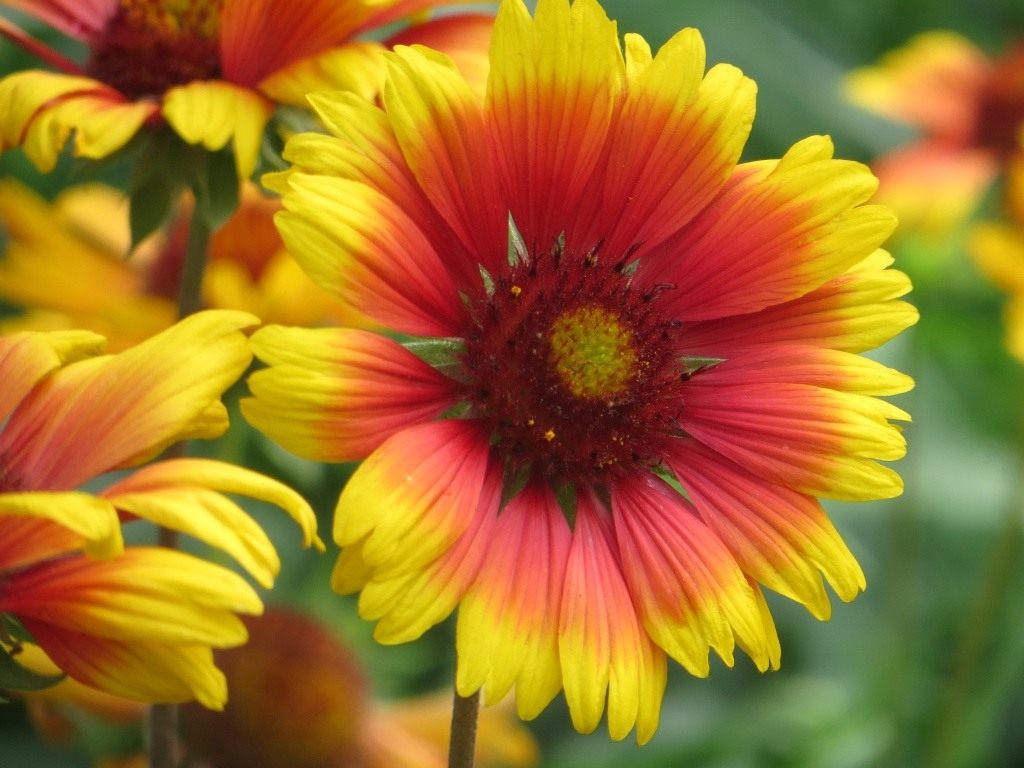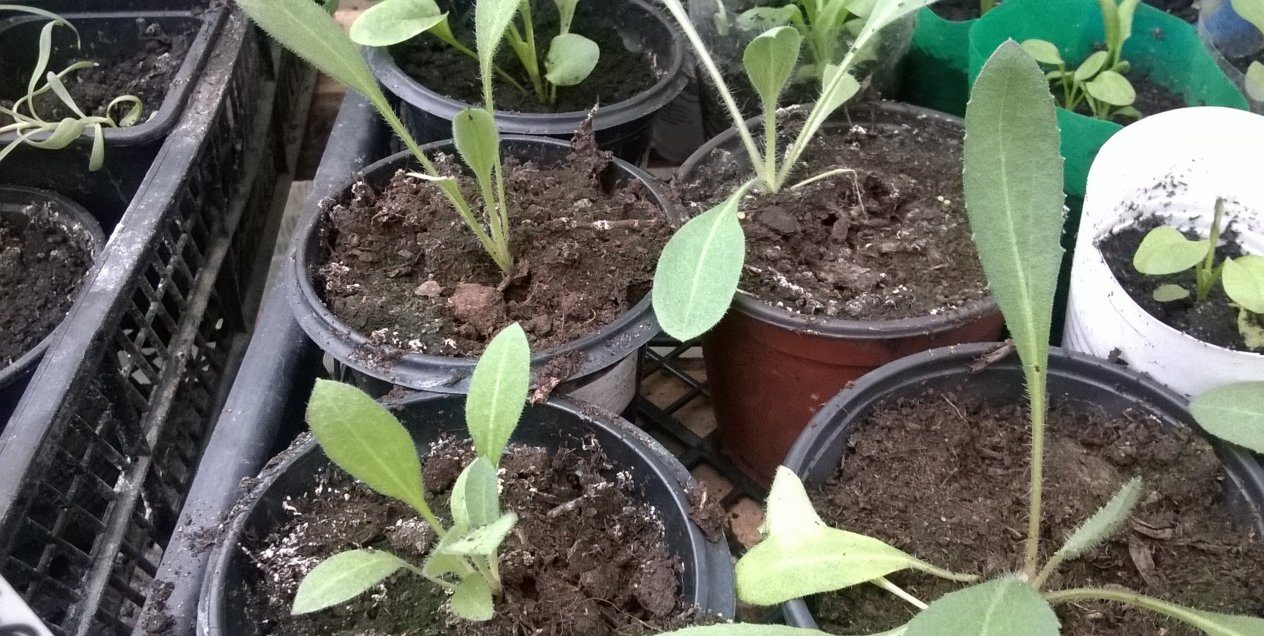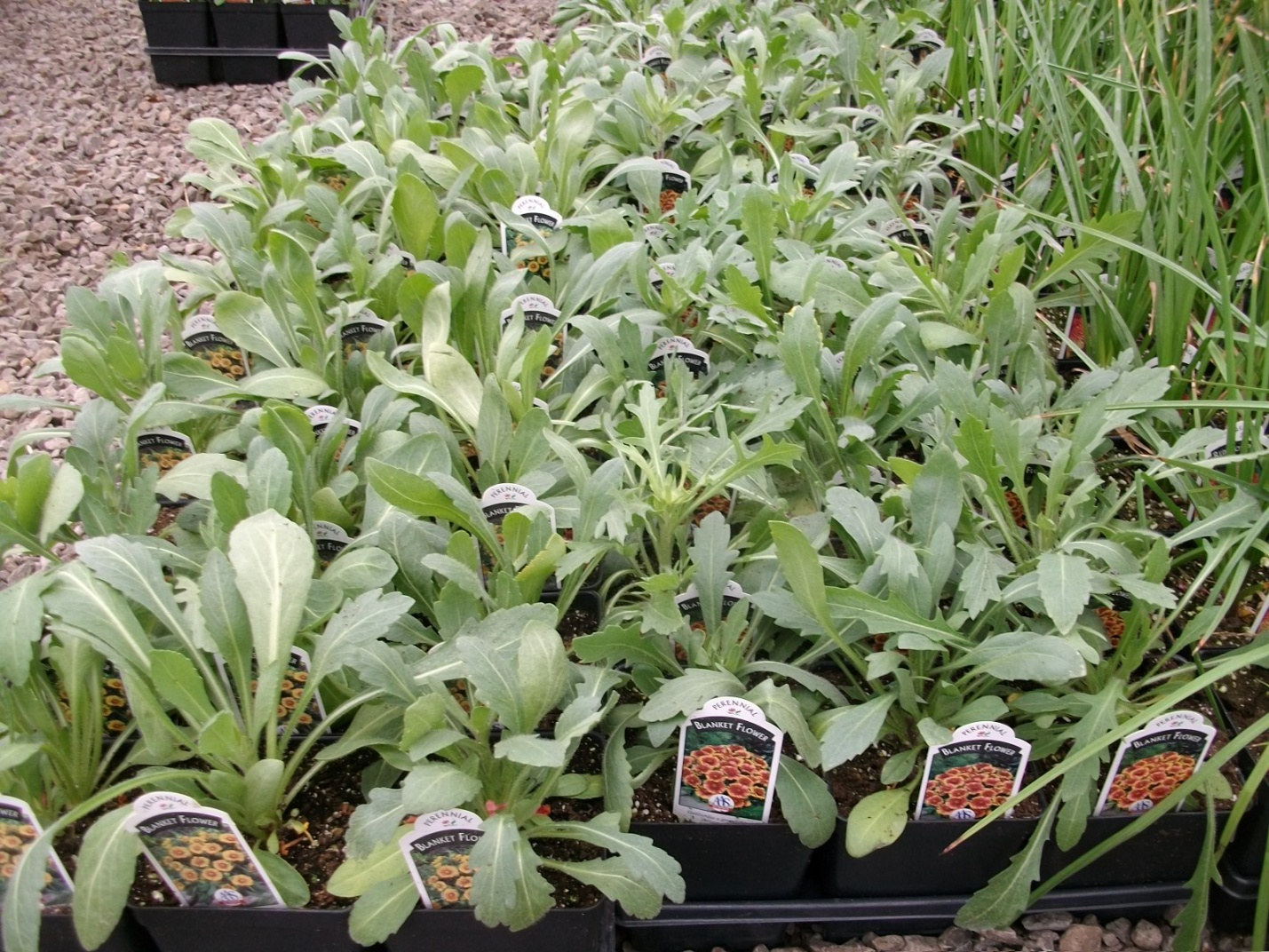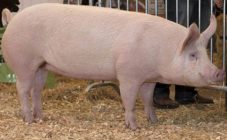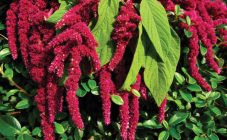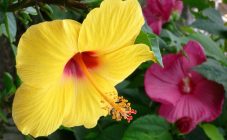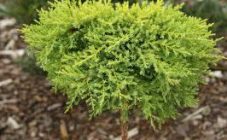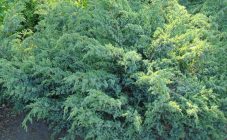Content:
Gaillardia belongs to the Astrov family. There are both annual species and those that bloom for many years. Plants are lush blooming. Tall ones reach a height of 90 cm, and undersized ones do not grow higher than 30 cm. The leaves have an oblong elongated shape. Inflorescences are large, double, have a bright color, which turns into a gradient of yellow, red and brown shades. There are more than 25 varieties, but hybrids are used as decorative garden flowers.
Low-growing plants are very popular among gardeners, as they do not lose their shape over time and grow in a compact bush. The flowering period of Gaillardia begins in early summer and ends with the first frosts. Perennial flowers grow in one place for 5 years. After need updating.
Types and varieties of plants
To date, 24 plant species are known.
But for cultivation in garden and personal plots, only 3 species are widespread, which, in turn, are divided into varieties:
- Gaillardia is hybrid. It turned out as a result of crossing a perennial variety with one-year relatives. It grows in height up to 80 cm. It begins to bloom in early June. Finishes in August. The following varieties are popular among gardeners:
- The zone is a 60 cm plant, with flowers up to 10 cm in diameter. The color of this variety ranges from amber to dark gold.
- Gaillardia kobold is a bush reaching a height of 40 cm. It has large flowers, rich yellow color, which turns to red at the edges.
- Arizona San - has a long flowering. The variety is undersized, reaching a height of only 20 cm.
- Primavera - also belongs to low-growing varieties, reaching a height of 25 cm.It has large inflorescences, more than 12 cm in diameter.
- Burgundy - differs in flowers, the color of which can be compared with Burgundy wine. Hence the name.
- Spinous is a perennial that came to Russia from North America. The stem is powerful, has a dense downy. Single inflorescences, reaching a diameter of 12 cm. Growth, depending on the variety, ranges from 30 to 75 cm. It blooms in early summer. Widespread varieties:
- Dazzer - Gaillardia plants that have a dark red color at the beginning of the petal and yellow at the ends.
- Wirral Flame, similar to the previous variety. The difference can be seen in the shape of the petals. In Wirral Flame, they are oblong, resembling a tongue.
- Mandarin is a bush whose flowers are tangerine with yellow edging.
- Gaillardia is beautiful - the most common type. Gaillardia is one-year-old beautiful, most often found in garden and backyard plots. Flower baskets are medium in size, but there are a lot of them on the stem. The color changes from purple to red at the base and from bright orange to yellow at the edges. The most common varieties:
- Painted Gaillardia - it has a beautiful pattern on flower petals.
- Gaillardia Lorenziana - bushes grow in the shape of a ball. The inflorescences look like a funnel. Color - red-yellow.
Many people often confuse two plants belonging to the Astrov family: Gaillardia and Rudbeckia. In fact, Gaillardia and Rudbeckia differ in color and center of the flower. The rudbeckia has a much wider color range than the Gaillardia, which is dominated by three colors: yellow, red and orange.
Helenium is also subject to confusion.Gaillardia and gelenium differ in that the latter is stretched in height by no less than 150 cm. Gaillardia is never so tall. Another difference of gelenium is the absence of perennial rhizomes.
Breeding and planting methods
Gaillardia large-flowered is suitable for most soils. It is unpretentious in cultivation, maintenance and care. Before planting, the soil needs preparation. It is mixed with humus, ash and mineral fertilizers. Manure is suitable as a top dressing.
It is recommended to plant Gaillardia flowers in open ground in late summer or early autumn. The soil must be drained. Gaillardia Burgundy perennial planting and care is carried out mainly in acidic soils, in which it develops best. This culture is very light-loving, so it should be planted in sunny areas. It does not bloom at all in the shade. The distance between the planting holes should be at least 20 cm. With proper care, the Gaillardia grows undersized and looks very beautiful in the garden.
Culture can reproduce in two ways:
- Seeds;
- Vegetatively.
Gaillardia hybrid is a herb for open ground, can be sown independently. But in order to avoid changing the color of the plant, this process must be controlled. In autumn, the seeds of the plant can be collected and dried. In the spring, the seed is sown on a well-dug area, not deep - a maximum of 1 cm into the ground. The sown area must be covered with agrofibre and greenhouse film. The first shoots can be seen 10-12 days after sowing. They sit down when two full leaves are formed. A plant planted in this way will bloom the next year.
The perennial Gaillardia flower also propagates by dividing the rhizome. Autumn is considered the best time for this procedure. Rhizomes are planted in pre-prepared holes. After planting, the plant needs abundant watering.
The healing properties of Gaillardia
Gaillardia is not on the lists of medicinal plants, it is not used in medicine, so it makes no sense to harvest the plant for future use. It is also not eaten in any form. According to the description of the chemical composition, flowers are used only as a decorative decoration for garden and backyard plots. They have no medicinal properties.
About diseases and pests
Gaillardia flower has good immunity, therefore it is extremely resistant to flower diseases and pests. Plant hybrids can suffer from powdery mildew or gray rot, only if improperly maintained or watered. In the case of these diseases, the undersized Gaillardia is treated with a solution of potassium permanganate. The abundance of watering also decreases. If the disease has become neglected, the plant should be dug up and destroyed.
The most common pests attacking annuals or perennials of Gaillardia flowers are whitefly and aphids. In order to protect the flower garden from these pests, it is treated with complex insecticides.
Planting, leaving and maintaining the Gaillardia is not difficult. The main condition for a good, exuberant flowering is a place of plant growth well-lit by the sun's rays. It is a drought-resistant plant, not afraid of low temperatures, disease-resistant, which is intended for open ground. At home, the plant will be weaker, or even not at all please the gardener with flowering.
